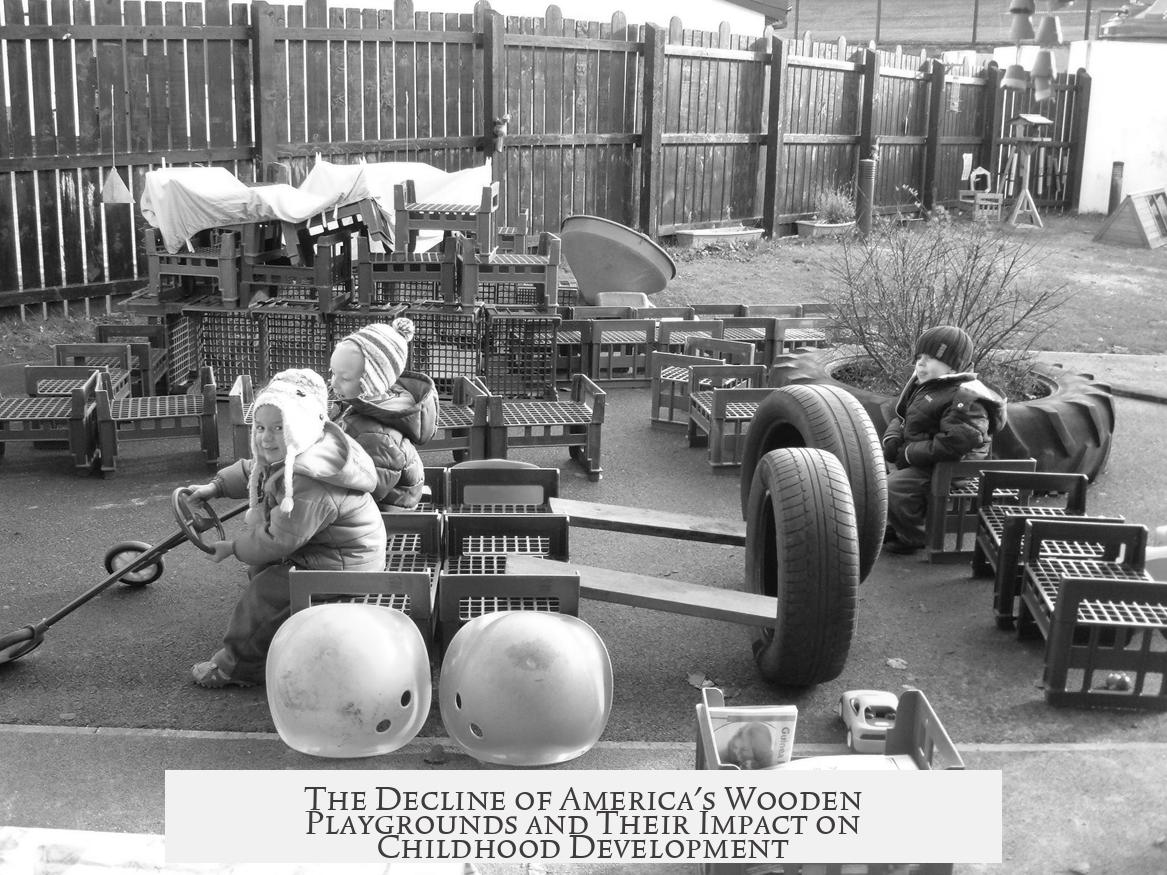Wooden playgrounds in America, once widespread from the late 19th century through mid-20th century, have mostly disappeared due to growing safety concerns and liability issues that arose in the 1970s.
The first American playgrounds began as simple piles of sand in public parks, inspired by Friedrich Froebel’s concept of “gardens” for children to play and learn. In 1885, women philanthropists introduced this idea in Boston to provide safe, clean spaces for immigrant children. These informal play spaces evolved into formal playgrounds with apparatus such as swings and seesaws by 1889, shifting oversight from private groups to schools and city parks departments.
Early playground designs reflected beliefs about childhood stages and social norms. Psychologist G. Stanley Hall influenced playground layouts that segregated children by age and gender. New York City operated separate areas for toddlers and “big boys,” with age-appropriate equipment. Girls and boys were often given strictly different spaces and play options. Racial segregation also affected playground access, prompting calls for inclusion and integration by leaders such as Booker T. Washington.
Adult designers created playground equipment based on their own assumptions about children’s play preferences. For example, the jungle gym derived from a patent lawyer’s experience in Japan with a bamboo frame originally intended to teach geometry. Children preferred to climb and sit on it rather than use it for its intended educational purpose.
The decline of wooden playgrounds began in the 1970s when safety advocacy groups emphasized the dangers posed by traditional equipment. Slides were often very high, swings could be hazardous, and playground injuries led to lawsuits. Schools faced pressure as insurance companies threatened to deny coverage unless facilities were updated or made safer. These liability challenges forced many institutions to remove or replace wooden structures with safer materials and designs complying with new safety standards.
Throughout their history, playgrounds reflected ongoing tensions between fostering children’s independence and providing adult-controlled safe environments. The balance between fun and risk has shaped changes in playground design across decades.
| Period | Playground Characteristic | Key Issues |
|---|---|---|
| Late 1800s – Early 1900s | Simple sand gardens, early apparatus (swings, seesaws) | Design based on age, gender segregation; racial access disparities |
| Mid-1900s | Wooden playgrounds with tall slides, jungle gyms | Adults’ designs often prioritized adult ideas over children’s safety |
| 1970s onward | Decline of wooden playgrounds, push for safer alternatives | Safety advocacy, lawsuits, insurance pressures lead to removal/replacement |
Today’s playgrounds favor materials like plastic and metal with heightened attention to safety standards. While nostalgic for traditional wooden structures remains, contemporary playgrounds emphasize injury prevention and inclusivity.
- Wooden playgrounds originated to provide safe play spaces for children, especially immigrants and marginalized groups.
- Early playground design was influenced by psychological theories and social norms, often segregating by age, gender, and race.
- Many playground apparatus were designed from adult perspectives, including the jungle gym inspired by a geometry teaching tool.
- The 1970s brought increased safety scrutiny and lawsuits, leading to the decline of wooden playgrounds.
- Insurance and liability concerns pressured schools and municipalities to replace wooden equipment with safer alternatives.
What Happened to America’s Wooden Playgrounds?
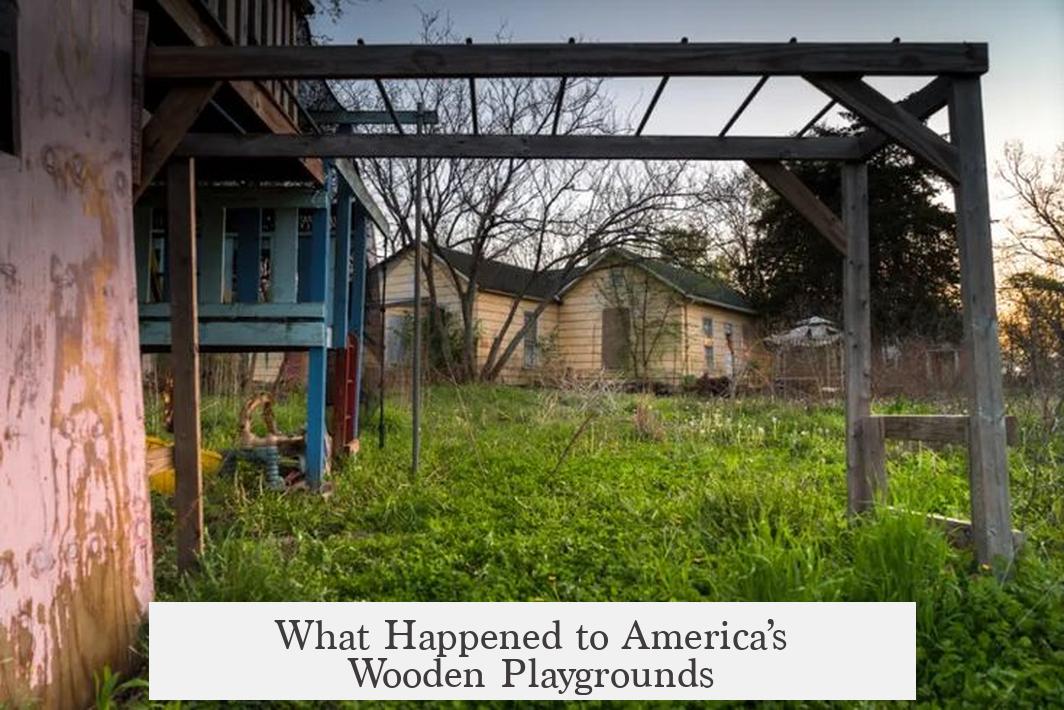
America’s wooden playgrounds, once the heart of childhood adventures, mostly vanished by the late 20th century due to rising safety concerns, liability lawsuits, and changing cultural attitudes toward play. Their disappearance reflects a tug-of-war between fun and safety that shaped modern playgrounds.
Let’s take a stroll down memory lane and uncover the fascinating story behind these beloved wooden play spaces.
From Sand Pits to Wooden Wonderlands
The idea of creating special places just for kids to play started long before wood chips hit the sandbox. It all began with Friedrich Froebel, a German educational pioneer who gave us the kindergarten concept. He imagined “gardens” where children could freely explore. In Berlin, these gardens were simple piles of sand set in public parks, the first playgrounds in history.
By 1885, inspired by this idea, a group of Boston philanthropists created a sand pile in a poor immigrant neighborhood. Their goal? To offer kids a clean, safe place to play and learn social skills needed to be American citizens. These informal sand pits soon grew crowded and noisy, prompting city leaders to move playgrounds near schools. The supervision shifted from women’s groups to school boards and parks departments, formalizing playgrounds’ place in public life.
By 1889, playgrounds incorporated swings and seesaws, dubbed “outdoor gymnasiums.” This marked the birth of playground equipment beyond just sand and dirt.
Designing Childhood: Age, Gender, and Race in Play
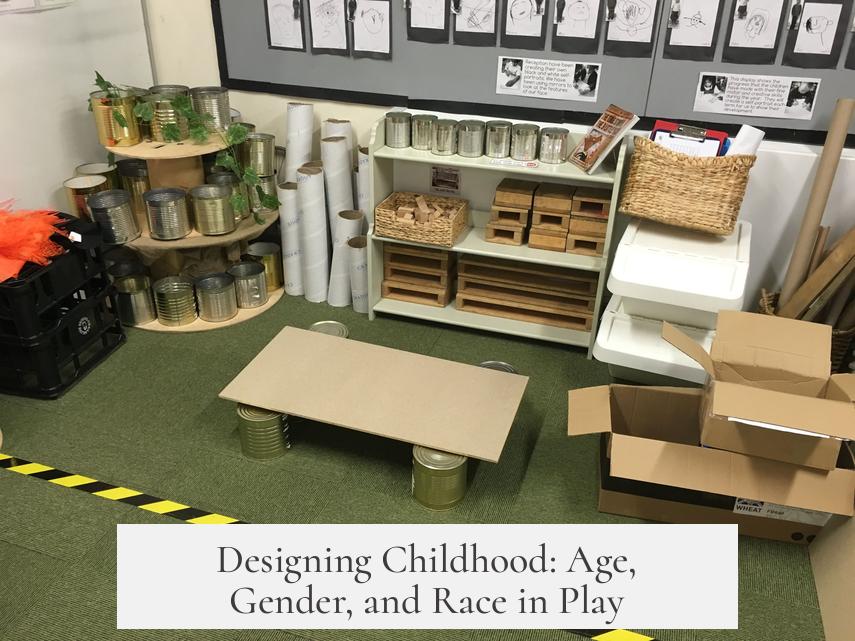
Fast forward to the early 1900s. Playgrounds wasn’t just about fun—designers aimed to shape children’s development based on age and gender. Psychologist G. Stanley Hall pushed the idea that children needed separate spaces; toddlers got sand “gardens,” while older boys received adult-like gym equipment and handball walls. Girls’ play was strictly limited, offering a hint at the era’s gender norms.
Race, too, determined playground access. Black children often faced segregation. Booker T. Washington famously advocated for fair access, sparking early conversations about playgrounds as grounds for integration as well as exclusion.
Equipment Born from Adult Imagination
The gear itself often wasn’t designed by kids but from grown-ups’ ideas about play. Take the jungle gym, a staple of wooden playgrounds. This invention came from a patent lawyer in Illinois who drew inspiration from his Japanese childhood. His father made a bamboo frame to teach geometry. But kids ignored lessons—they just loved climbing and sitting on it.
This blend of adult planning and child-led exploration defined much of these spots.
The Trouble with Wooden Playgrounds: Safety and Liability
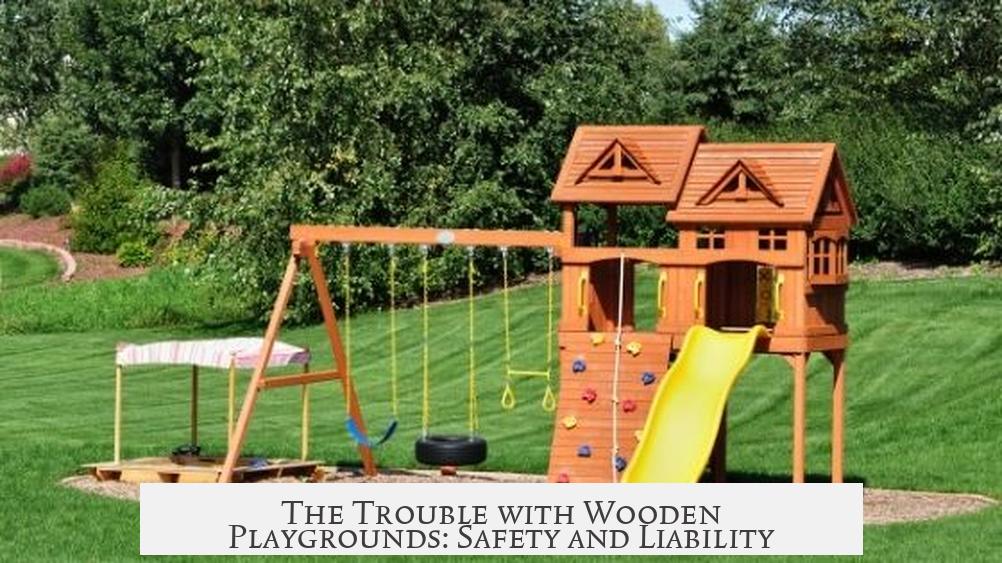
By the 1970s, the wooden playground’s popularity nosedived. What happened? Safety advocacy groups gained momentum, highlighting the dangers of high wooden slides and wildly swinging swings. Parents began suing over injuries, making headlines and driving legal pressure.
Insurance companies stepped in, warning school districts they’d pull coverage unless equipment got safer. This threat hit playgrounds hard. Wooden structures, often weather-worn and decay-prone, stood little chance against demands for safer materials and designs.
The debate between fun and safety wasn’t new, but it reached fever pitch. Each decade seemed to struggle balancing kids’ need for independence and grown-ups’ urge to control risk. Wooden playgrounds, with their rough edges and towering slides, became casualties of this cultural friction.
Lessons from the Past: Why Does This Matter?
So, what does the fall of America’s wooden playgrounds teach us? Safety must be balanced with playfulness. Kids need to challenge themselves physically and socially, which old wooden playgrounds offered in abundance. Modern plastic-and-rubber parks boast safety, but sometimes at the cost of creativity and adventurous spirit.
Wooden playgrounds tell a larger story about America—about immigration, social reform, race relations, gender roles, and shifting ideas of childhood.
Could Wooden Playgrounds Make a Comeback?
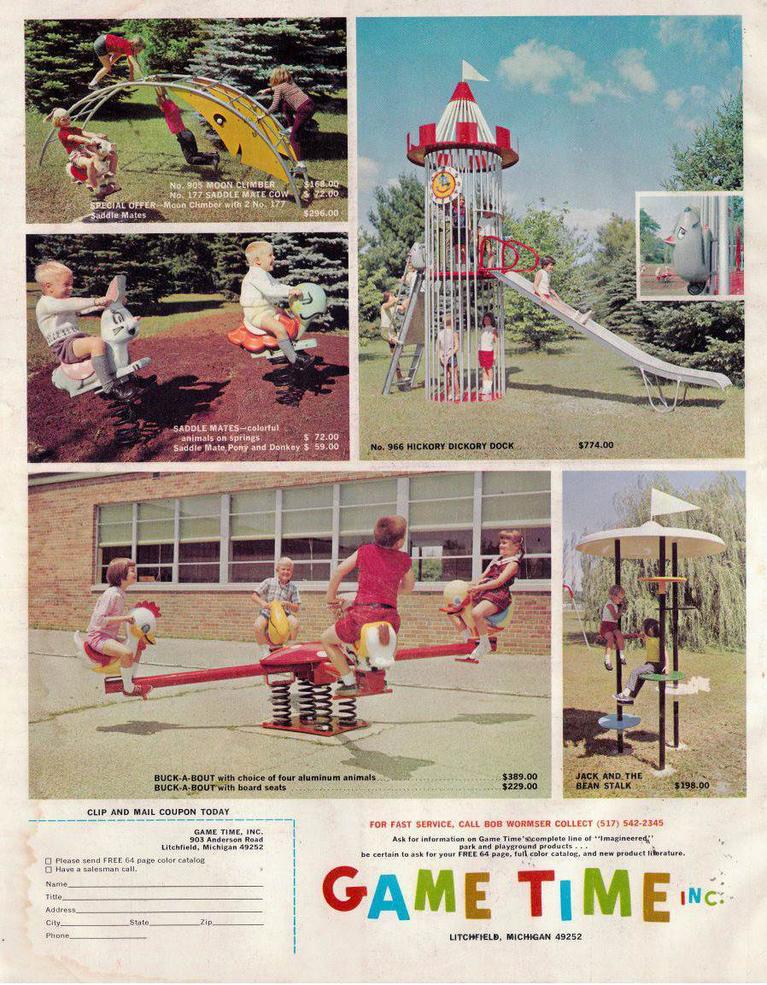
Some communities are nostalgic for the hands-on, tactile fun of wooden play spaces. Restorations and new wooden playgrounds using safer designs and materials have appeared, mixing tradition with modern safety standards.
Could this mean wooden playgrounds might one day reclaim the American childhood stage? Possibly. The key lies in learning from history while prioritizing kids’ freedom to explore—and parents’ sanity.
Final Thoughts: Playgrounds and Society’s Mirror
America’s wooden playgrounds reflect more than just childhood fun. They mirror social values, safety concerns, and cultural shifts. Their rise and fall reveal how adults shape children’s worlds, sometimes well-intentioned, sometimes misguided.
As we design future play spaces, let’s ask: How can we create environments that are safe but still inspire adventure and growth? What risks are we willing to accept to keep playgrounds fun?
One thing’s for sure. Wooden playgrounds were more than wood and nails—they were bold stages where culture, childhood, and creativity met.
References
- Lange, A. (2018). The Design of Childhood: How the Material World Shapes Independent Kids.
- Playground Association of America (1911). The Playground.
- Chudacoff, H. P. (1992). How old are you?: Age consciousness in American culture.
- Biondo, B. (2014). Once Upon a Playground: A Celebration of Classic American Playgrounds, 1920-1975.

